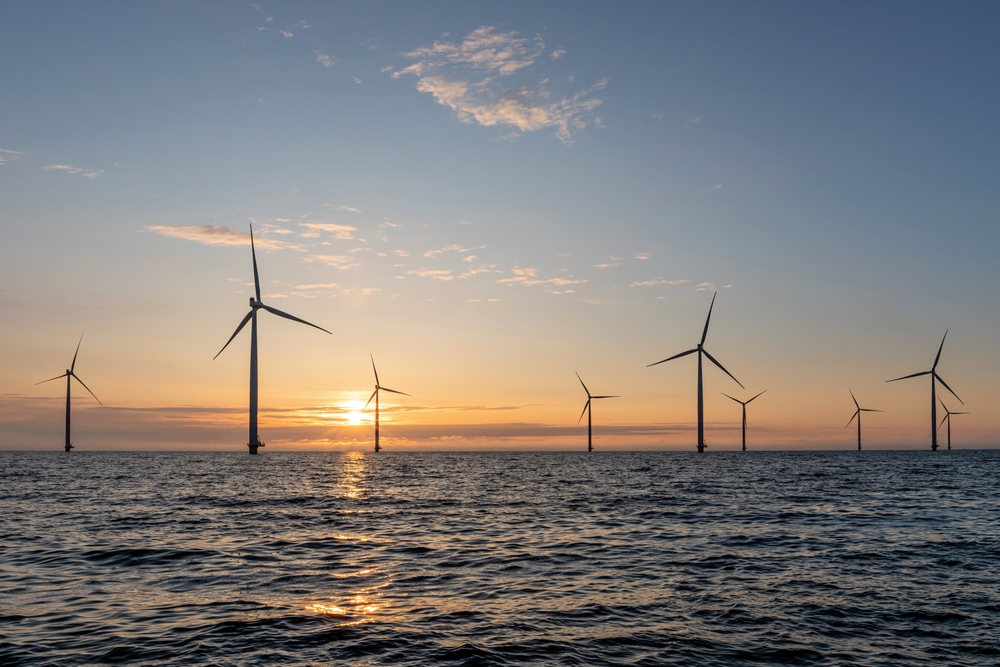Mitsubishi is withdrawing from three major offshore wind power projects in Japan. The withdrawal hits the national strategy hard, as Japan’s energy transition is focused on a significant expansion of renewable energies. The reason for this is sharply increased turbine prices, which have placed a massive burden on the calculations and called into question the planned energy supply. (reuters: 26.08.25)
Turbine prices make projects unviable
Mitsubishi President Katsuya Nakanishi emphasized the consequences of rising costs. “In Europe, the expansion of offshore wind power increased rapidly, intensifying competition for the development of new models. More and more new turbine series with higher performance were coming onto the market,” he explained. At the same time, supply chain problems were leading to additional burdens.

The three offshore wind power projects were intended to generate approximately 1.7 gigawatts, enough to power 1.5 million households. They were part of the first tender for Japan’s energy transition. GE Vernova, the division spun off from General Electric, was slated to supply the turbines. However, high turbine prices made implementation virtually impossible.
Political significance of Mitsubishi’s withdrawal
Mitsubishi’s withdrawal comes at a time when international corporations like Orsted are also under pressure. Offshore wind power faces structural hurdles in Japan: typhoons and deep coastal waters require floating turbines, which increases energy costs.
Mitsubishi, together with C-Tech, had already submitted a low bid in 2021. But turbine prices rose sharply. “Since we are in a situation where even doubling the price would not make the project viable, we have reached the limit,” Nakanishi emphasized.
State aid cannot keep Mitsubishi
The government attempted to counteract this by allowing higher electricity prices. A loss of 52.2 billion yen was also recorded on the balance sheet. Nevertheless, Mitsubishi saw no future for the projects. Two sites near Akita and one outside Chiba are affected. This is a severe blow to Japan’s energy transition.
Energy expert Yasushi Ninomiya spoke of a “huge impact” on the country’s energy supply. He noted that Japan has no domestic wind turbine manufacturers, which is particularly critical. This increases dependence on imports, while turbine prices further weaken competitiveness.
The future of offshore wind power remains uncertain
The government plans to increase the share of wind power to 8 percent by 2040. Last year, it was only 1.1 percent. New tenders are underway, but Mitsubishi’s withdrawal highlights the limits of Japan’s energy transition. High turbine prices, fragile supply chains, and technical risks are putting pressure on the energy supply.
Without clear solutions, the expansion of offshore wind power threatens to stall. This means that Japan’s energy transition will lose a key building block for its future energy supply.
